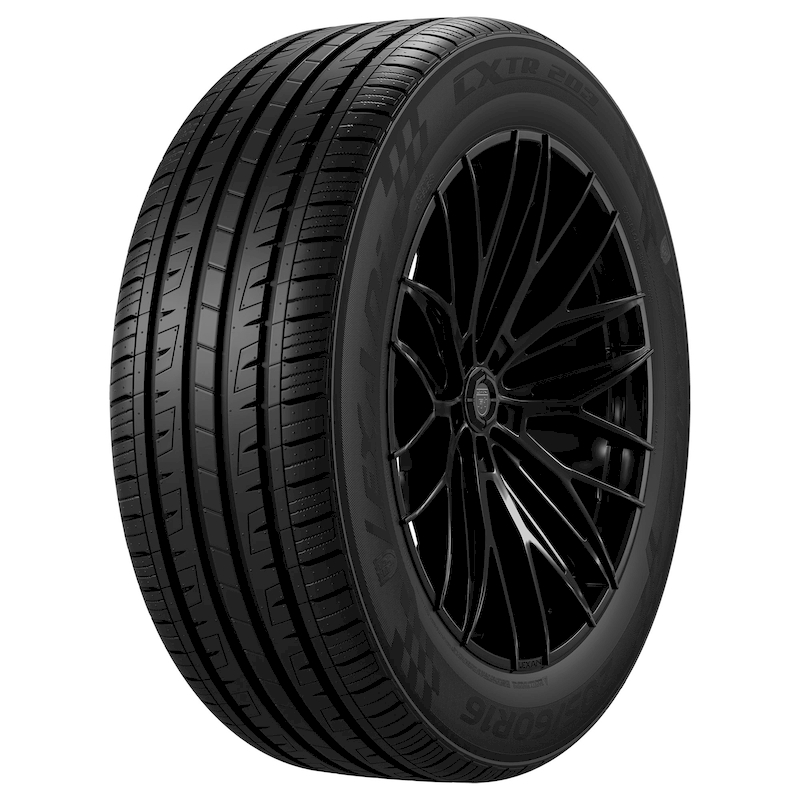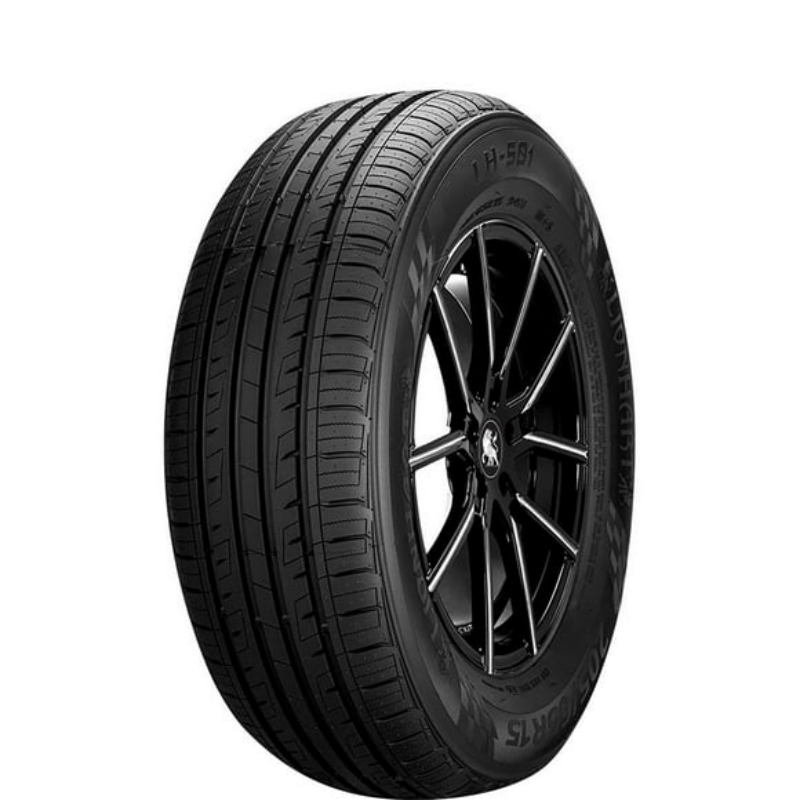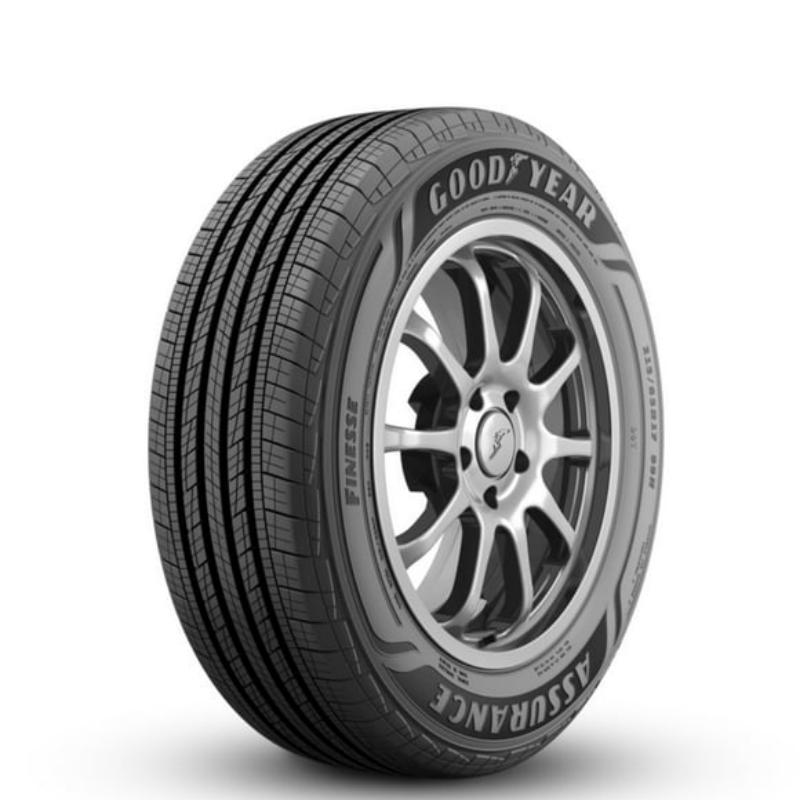
Tires are a critical component of vehicle safety and performance. They’re the only part of the car that makes direct contact with the road, which means their condition can greatly impact handling, braking, fuel efficiency, and overall driving experience. However, many car owners remain uncertain about how often should tires be replaced, leading to questions about safety, maintenance, and cost. Understanding the lifespan of tires and recognizing when it’s time to replace them is essential for ensuring not only the longevity of your vehicle but also the safety of yourself and others on the road.
In this comprehensive guide, we will thoroughly explore how often tires should be replaced based on various factors, including tread wear, tire age, driving habits, and environmental conditions. We will discuss the indicators that signal it’s time for a change and provide maintenance tips to extend the life of your tires. Additionally, we will cover the importance of proper tire selection, installation, and maintenance practices. By the end of this article, you’ll have a clearer understanding of tire replacement needs and how to keep your vehicle safe and efficient on the road.

The Lifespan of Tires: What to Expect
Tires, like many other vehicle components, do not last forever. Understanding the general lifespan of tires can help you gauge how often should tires be replaced. The lifespan depends on several key factors, including tire type, driving conditions, maintenance, and climates.
Average Tire Lifespan
On average, tires are designed to last anywhere between 25,000 to 70,000 miles. However, this range can vary significantly based on tire quality, driving habits, and maintenance practices. Many manufacturers recommend replacing tires every six years or when the tread reaches the minimum allowable depth.
Factors Affecting Tire Lifespan
Several factors influence how long your tires will last:
- Driving Conditions: Frequent driving on rough or unpaved roads can accelerate wear.
- Climate: Extreme heat or cold can also impact tire performance; tires in hotter climates may wear down faster due to heat expansion.
- Vehicle Load: Overloading your vehicle can strain tires, leading to quicker deterioration.
- Tire Type: Different tires have different lifespans based on their construction and the materials used. For example, all-season tires generally last longer than high-performance tires but may not provide the same level of traction.
Recognizing Tread Wear: When to Replace Tires
One of the clearest indicators of when to replace tires is tread wear. Tread is essential for maintaining traction and preventing hydroplaning. Understanding how to measure tread wear is crucial for determining when tires should be replaced.
The Tread Depth Measurement
The tread depth of a tire is measured in 32nds of an inch. New tires usually come with a tread depth of around 10/32” to 12/32”. Here are some guidelines for tread depth:
- Above 5/32”: Still functional for most driving conditions but consider replacing tires soon, especially for wet conditions.
- 3/32” or less: Tires may not perform effectively, especially in wet conditions. Consider replacing them immediately.
- 1/32”: At this point, tires are considered worn out, and it’s crucial to replace them immediately for your safety.
Visual Indicators of Tread Wear
Apart from measuring tread depth, visual inspections can help identify wear:
- Uneven Wear: Tires should wear evenly across all surfaces. Check for signs of uneven wear, which can indicate alignment or inflation issues.
- Cracks and Bulges: Visible cracks, bulges, or blisters on the sidewalls can compromise tire integrity and necessitate immediate replacement.
Tread Wear Indicators
Most modern tires are equipped with tread wear indicators that become visible as the tread wears down. These indicators often appear as small bars of rubber across the grooves. If these bars are noticeably level with the tread surface, it’s time to replace the tires.
Consider Tire Age: The Impact of Time on Performance
While tread depth is a significant factor in determining when to replace your tires, so is the age of the tires. Tires can degrade over time, even if they have not been used extensively.
Recommended Tire Lifespan
Many tire manufacturers suggest that tires should be replaced every six to ten years, regardless of tread wear. Aging tires may exhibit reduced performance, increased risk of blowouts, and poor traction.
Understanding Tire Aging
The aging process can be influenced by several factors:
- Environmental Exposure: UV rays, humidity, and temperature fluctuations can deteriorate rubber.
- Storage Conditions: Tires stored improperly can age prematurely. Always store tires in a cool, dry place away from direct sunlight.
Finding the Age of Your Tires
You can determine the age of your tires by looking at the DOT (Department of Transportation) number on the sidewall. The last four digits indicate the week and year the tire was manufactured. For example, a DOT number ending in “2219” indicates that the tire was made in the 22nd week of 2019.
Driving Habits and Tire Maintenance
Your driving habits and how you maintain your tires also influence how often should tires be replaced. Simple adjustments and practices can extend tire life and enhance performance.
Driving Style
- Aggressive Driving: Sudden starts, hard braking, and high-speed cornering can wear tires out faster. Maintaining a smooth driving style can prolong tire life.
- Long-Distance Driving: Frequent long-distance trips can create more heat buildup, leading to faster wear. Monitor tire inflation regularly to maintain optimal performance.
Tire Maintenance Practices
Proper maintenance enhances the longevity of tires and improves safety. Here are key practices:
- Regular Rotation: Tires should be rotated as per manufacturer recommendations (typically every 5,000 to 8,000 miles). Rotating tires helps ensure even wear.
- Wheel Alignment and Balancing: Checking alignment ensures that tires make even contact with the road. Misalignment can lead to uneven wear.
- Proper Inflation: Check tire pressure monthly. Under-inflated or over-inflated tires can wear more quickly and compromise handling.
Replacing Tires: When to Act
Knowing when to replace your tires is crucial for your safety. Several scenarios require prompt action regarding tire replacement.
Signs of Tire Damage
Beyond tread wear, several signs warrant immediate tire replacement:
- Blisters and Bulges: These indicate a severe internal failure; replacing the tire is imperative for safety.
- Bald Spots: Areas where tread has worn down, often due to issues with alignment, indicate the need for replacement.
Seasonal Considerations
As seasons change, so do tire needs. In areas with extreme winter weather, using winter tires is advisable. If you switch back to all-season tires after the winter, ensure that the winter tires are in good condition or replace them as necessary.
Mileage Considerations
Frequent travelers might need to replace their tires more often than those who drive less. Keep track of your mileage and assess tire conditions regularly to ensure safe driving.

Choosing the Right Replacement Tires
When it’s time to replace your tires, making an informed decision about which tires to purchase is essential. Here are several factors to consider:
Tire Type
Choosing the right type of tire is vital. The selection typically includes:
- All-Season Tires: Suitable for varied driving conditions and climates.
- Winter Tires: Designed for enhanced traction on snow and ice.
- Performance Tires: Built for improving handling and responsiveness for sporty driving styles.
- Off-Road Tires: Suitable for rugged terrains and unpaved roads, providing extra grip and durability.
Quality Brands
Investing in reputable tire brands ensures quality and reliability. Brands such as Michelin, Bridgestone, Goodyear, and Continental have established themselves as leaders in tire performance and safety.
Balancing Cost and Longevity
While budget is always a consideration, opting for cheap tires may lead to quicker wear and require more frequent replacements. Strive for a balance between affordability and quality to ensure the best value for your investment.

Conclusion
In conclusion, understanding how often should tires be replaced is fundamental to maintaining vehicle safety and performance. From determining the right time for replacement through tread depth examination to considering tire age and lifestyle factors, knowledge is essential for responsible vehicle ownership.
Regular maintenance practices, such as tire rotations and pressure checks, significantly extend tire longevity while enhancing overall performance. Knowing when to act on signs of damage is crucial for your safety; don’t hesitate to replace tires showing signs of wear or damage.
In conclusion, Selecting high-quality replacement tires tailored to your driving needs ensures safety on the road. This, combined with informed maintenance practices, promotes a seamless driving experience for you and your passengers. As responsible drivers, it’s our duty to prioritize safety, and making informed tire choices is a vital part of that responsibility. Choose wisely, maintain diligently, and enjoy your drive.




